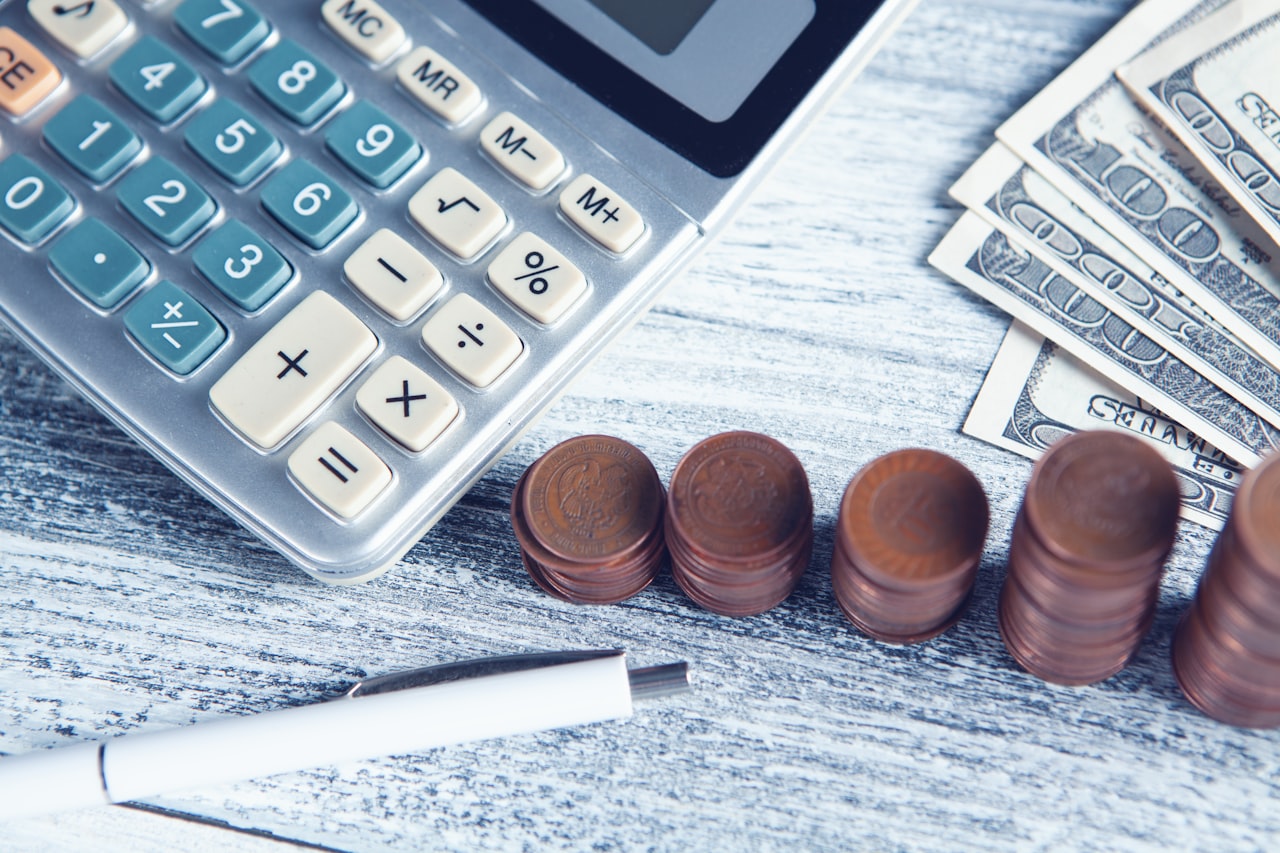This Savings Account Calculator Will Help You See How Much Interest Your Savings Is Earning (Or If It’s Time To Change Banks To Earn More)
Fortune Recommends August 24, 2023
Lifestyle

Fortune Recommends August 24, 2023
Lifestyle

Putting your money in a high-yield savings account is a great way to maximize your earnings and grow your money over time. But just how much can you earn based on today’s interest rates?
Our savings calculator makes it easy to find out. Using the three sliders at the bottom of the calculator, select your initial deposit, how much you plan to contribute each month going forward, and the number of years you plan to save at this pace.
As you make your selections, the calculator will automatically update to display your total estimated interest earnings based on a rate of 4.50% APY compared to what you would earn if you stuck with the national average savings account rate (just 0.42%).
A rate of 4.50% APY might seem high—and it is when compared to the typical savings account rate. The good news is that many banks offer competitive rates—some well into the 5% range. You just need to know where to find them. Fortunately, we did that work for you:
To make the most of your high-yield savings account, it’s important to understand how they compare to regular savings accounts. Differences in interest rates and where to find the best rates are two of the key differences.
A high-yield savings account is a type of savings account that typically offers a higher interest rate compared to a traditional savings account. You can find these accounts at banks and credit unions. However, you’ll often find the best rates at online banks, which have lower overhead costs than traditional brick-and-mortar banks and pass those savings on to customers through higher yields and lower fees.
Interest on a high-yield savings account is compounded, meaning it’s periodically calculated and added to your balance. Essentially, your interest earns interest. Interest can compound annually, quarterly, monthly, or even daily—the more often interest compounds, the faster your balance grows.
For example, say you deposited $10,000 in a high-yield savings account with a 3% APY that compounds annually. At the end of a year, you’d have $10,300.00 in your account. But if the interest compounded daily, you’d have $10,304.53.
Today, the national average savings account interest rate is 0.42%, according to the Federal Deposit Insurance Corporation (FDIC). However, some of the best high-yield savings accounts offer 5% annual interest rates or higher.
Before opening a high-yield savings account, shopping around and comparing accounts from several financial institutions is essential. Some of the major features you might evaluate include:
Getting a great rate is just the first step. If you want to pump up your savings even more, consider these tips:
While the compounding frequency will vary by bank, savings account interest is often compounded daily and credited to your account monthly.
Simple interest is calculated only on the original principal amount that you deposited. Compound interest, on the other hand, is calculated on the initial principal and the accumulated interest from previous periods.
Banks use either the simple interest or compound interest formula to calculate interest on a savings account.
Simple interest formula: principal x interest rate x time period
Compound interest formula: A = P(1 + r/n)nt
The interest that $10,000 would earn over a year depends on the annual percentage yield and frequency of compounding. For example, a 4% APY that’s compounded daily would result in $408.08 in annual interest earnings. You can browse the best high-yield savings account rates to explore your earning potential.
Even though the compounding rate varies by bank and account, interest earned in a savings account is typically credited to your account monthly.
Stay up to date on the latest real estate trends.

Seller
December 23, 2025
Hearing talk about home prices falling? That may leave you worried about whether your house is losing value.

Seller
December 19, 2025
The housing market hasn’t felt this energized in a long time – and the numbers backing that up are hard to ignore.

Buyer
December 18, 2025
You may not want to put your homebuying plans into hibernation mode this winter.

December 18, 2025

Buyer
December 16, 2025
One of the biggest homebuying advantages you can give yourself today is surprisingly simple: a flexible wish list.

Seller
December 12, 2025
A lot of people are asking the same thing right now: “Is it even a good time to sell?” And the truth may come as a bit of a surprise...
We Guide Homeowners through the complicated process of selling their home using our 4 Phase Selling Process and 3 Prong Marketing Strategy that alleviates their stress and moves them effortlessly to their next destination. Schedule a 15 Minute Complimentary Strategy Session Today